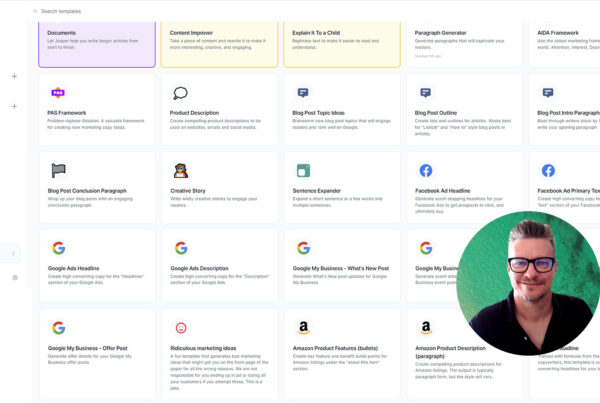Having a mobile website is no longer an option. It is a necessity. In this article, we’re going to show you how to prepare your website for this.
A mobile friendly website is a must-have in 2017
What is mobile friendly?
Even if you have a mobile-ready website, it is important to check the usability on mobile devices. The fact that your website can be displayed on mobile devices does not necessarily mean that your site is also easy to use. A mobile friendly site should be easy to navigate, load quickly & be visually pleasing across all sized mobile devices and tablets.
If your website is not mobile-friendly, people are more likely to leave your site. In addition, people are likely to leave your site if it does not load fast enough. So usability and speed are as important as each other!
Google’s mobile-first index
Until now, Google ranked web pages based on the desktop version of the site. This is going to change. Google announced that they are working on a mobile-first index that is going to rank pages based on the mobile versions.
Google has published several resources that help you to make sure that your web pages are mobile-friendly:
- Mobile-friendly websites
- Mobile-friendly test
- Mobile usability report
Mobile optimization checklist
There are some things that you should check to make sure that your website works fine on mobile devices:
1. Use responsive website design
Google recommends responsive design to make sure that your web pages work with mobile devices. If there isn’t any strong reason not to use responsive design, you should use it for your website.
Responsive website design makes sure that your web pages ‘respond’ to different screen sizes. The content is always the same but the design changes based on the size of the screen. The design of your website will be slightly different on desktop computers, tablets and mobile phones. You can simulate this by changing the width of your web browser window.
If you use WordPress to create your web pages, just download a responsive template and adjust it to your needs. Other content management systems also offer responsive templates. Changing your website to a responsive design is the very first thing that you should do.
2. Improve the speed of your website
The page speed is always important. Even if your website loads fast on a WiFi connection, it might be very slow on a mobile data network. You can test the speed of your website here.
The test tool will show you the things that could be improved, for example: eliminate render-blocking JavaScript and CSS in above-the-fold content, enable compression, optimize images, minify CSS, etc.
If you use WordPress, you can use plugins (cache, etc.) that will fix these things for you. Google recommends a page loading time of 2-3 seconds.
3. Improve the user experience on mobile
Mobile users are goal-oriented. They want to achieve their goal quickly and easily. There shouldn’t be a need to zoom, there shouldn’t be a confusing navigation and the touch elements should be big enough. Google has published design guidelines that might help you. You can find them here.
Here are some things that you can do to make your mobile site easier to use:
- Make calls to action easy to see.
- Keep your website menu short and sweet.
- Provide an easy way to get back to the home page.
- Don’t distract website visitors from the main goal by adding promotions for other items, etc.
- Provide an easy to use site search feature.
- Make the shopping experience as easy as possible.
- Streamline your forms and use the simplest form item for each task.
- Don’t make your visitors pinch to zoom.
After changing your web pages, let real people test your site. Non-technical people who do not work in your company might find things that you haven’t thought of.
Get a competitive advantage
Optimizing for mobile isn’t rocket science. It is some work to adjust your web pages but the results are more than worth it. Without a mobile website, your website is going to be invisible in the future.
We offer tools for mobile optimization. For example, we use an Optimizer tool that enables us to optimize your pages for Google’s mobile results.
The Ranking Monitor tool checks the position of your pages in Google’s mobile results. We offer many powerful tools that will help you to get better rankings on Google and other search engines.
[/et_pb_text][/et_pb_column][/et_pb_row][/et_pb_section]


